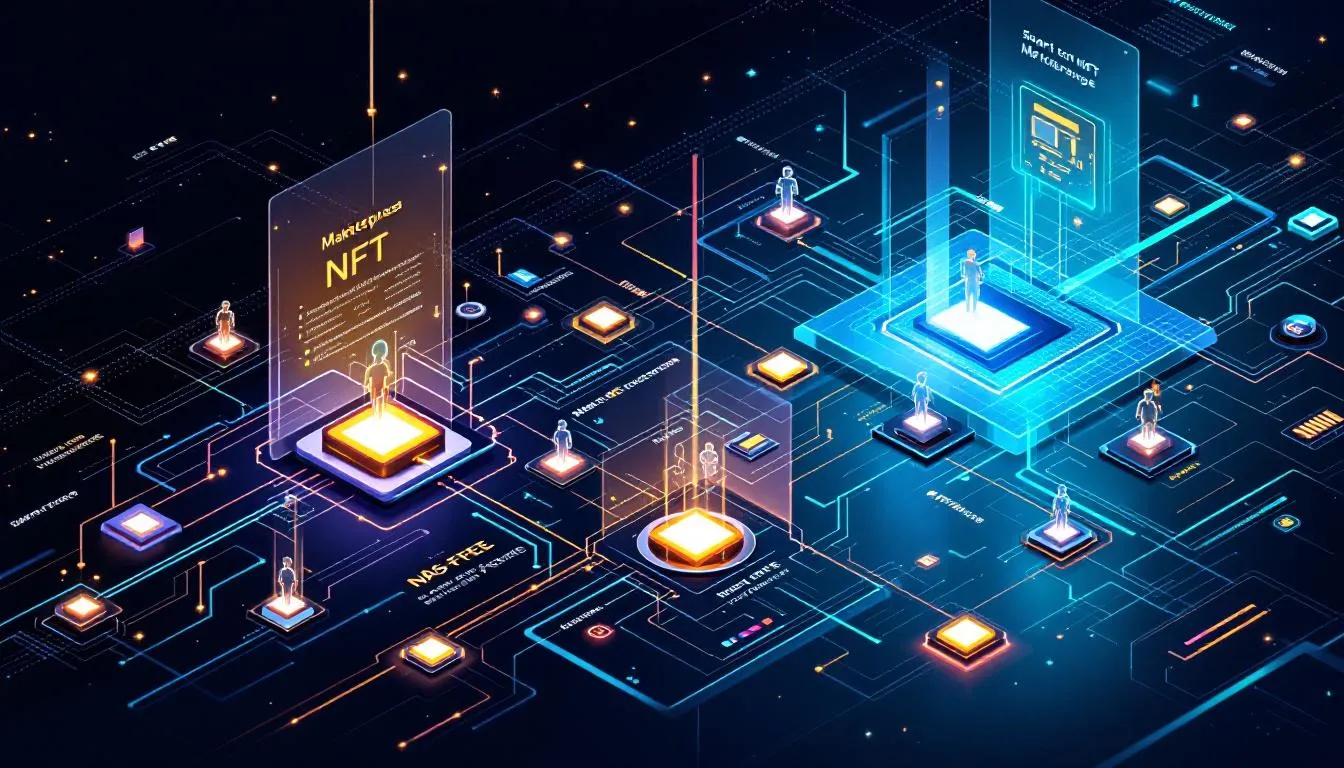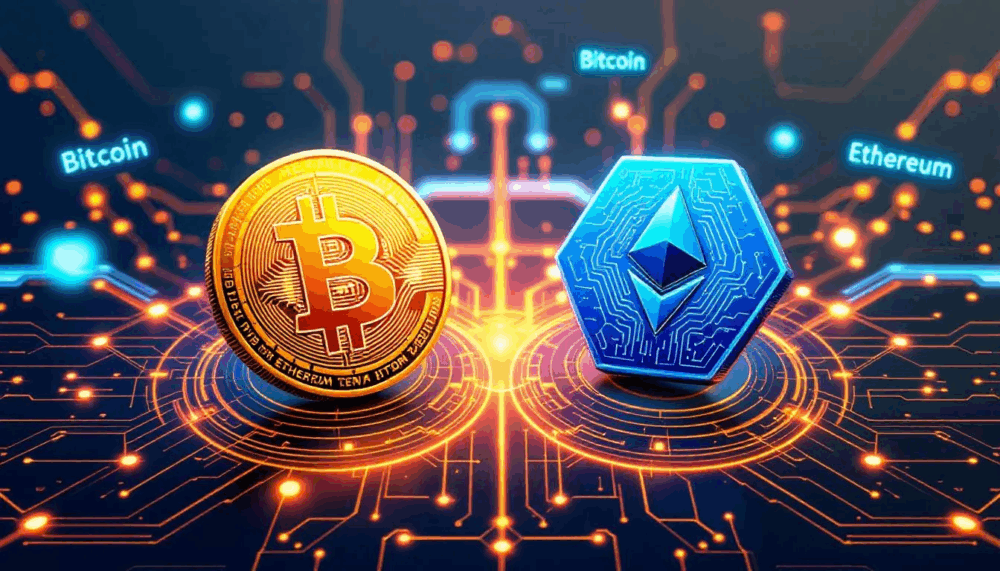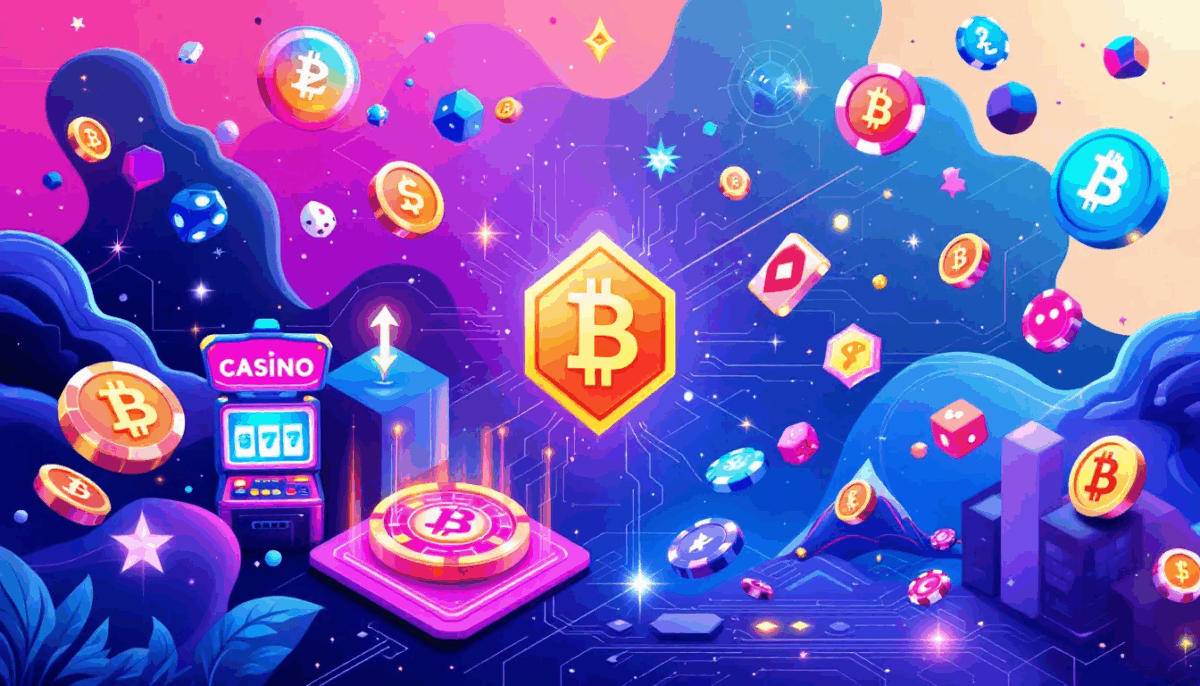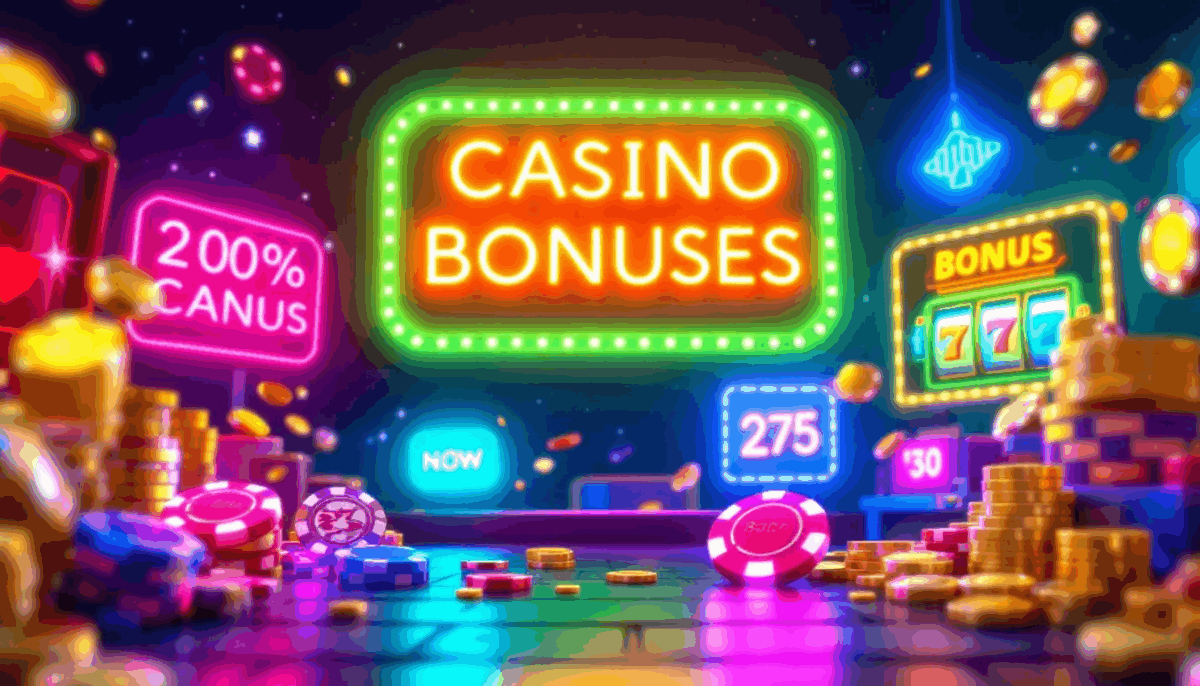Searching for non-fungible token (NFT) marketplaces with the lowest fees in 2025? You’re in the right place. In this guide, we’ll explore platforms with minimal transaction costs, gas-free minting, and community-driven marketplaces. Find out where you can save the most on your NFT trades.
Key Takeaways
- NFT marketplace fees vary widely, including listing, transaction, and gas fees, impacting profitability for creators and collectors.
- Platforms such as OpenSea, Magic Eden, and Binance NFT offer low transaction fees, making them appealing choices for NFT trading.
- Layer-2 solutions and community-driven marketplaces like Immutable X and Rarible help reduce transaction costs and enhance user engagement.
Understanding NFT Marketplace Fees
Navigating the world of NFTs requires a firm grasp of marketplace fee structures. These fees can range from listing fees, transaction fees, and withdrawal fees to creators’ royalties and additional charges. For instance, successful transactions on platforms like Foundation incur a commission fee of 5%, while selling on OpenSea comes with a 2.5% marketplace fee. These costs can quickly add up, significantly influencing the potential profits for both creators and collectors.
In NFT transactions, one of the major expenses is the gas fee. This fee is paid to the blockchain network to process the transactions. These fees can vary substantially depending on network congestion, with Ethereum gas fees sometimes soaring as high as $150 per transaction. This variability can make it challenging for users to predict costs accurately, especially during peak times. Make sure you have enough $ETH to cover these fees before starting any transaction.
Creating new NFTs involves several costs:
- Users need to upload their digital content and pay a network or gas fee.
- Some NFT creators opt for bulk minting to reduce overall gas costs on blockchain networks.
- Gas fees affect both buyers and NFT owners, who must pay them when creating or transferring an NFT token.
Grasping these different fees and their implications helps NFT traders make informed decisions. Awareness of these costs allows you to strategically choose the best times and places to buy, sell, or mint NFTs, thereby enhancing profitability.
Top NFT Marketplaces with Low Transaction Fees
Low transaction fees are a significant draw for traders in the NFT space. These low fees can make or break the economic viability of trading digital assets. Platforms like X2Y2 and LooksRare, which offer transaction fees ranging from 0.5% to 2%, have become increasingly popular among cost-conscious users.
Here are some top NFT marketplaces known for their low transaction fees, offering options to help minimize trading costs. Explore leading platforms like OpenSea, Magic Eden, and Binance NFT, each with competitive fees and unique features catering to different needs in the best nft market.
OpenSea
OpenSea stands out as the largest NFT marketplace among most NFT marketplaces, supporting over 80 million NFTs. With a transaction fee of 2.5%, OpenSea remains a popular choice among traders. This platform offers free NFT creation, making it an attractive option for creators looking to mint new digital assets without incurring additional costs. It is often regarded as the best NFT marketplace and is also a leading Ethereum based NFT marketplace.
Moreover, OpenSea’s support for multiple chains, including Ethereum and Solana, provides flexibility for traders dealing with various types of NFTs. Its extensive marketplace and competitive fees make it a go-to platform for many NFT enthusiasts.
Magic Eden
Magic Eden, built on the Solana blockchain, is particularly recognized for:
- Its focus on gaming NFTs
- A fee structure of just 2%, offering a cost-effective solution for traders interested in the gaming sector
- Support for launchpad features
- Custom minting tools, providing creators with the resources they need to bring their solana nfts projects to life.
Additionally, Magic Eden’s robust ecosystem attracts a diverse range of users, from gamers to digital artists, making it a versatile platform in the NFT space.
Binance NFT
Binance NFT integrates seamlessly with existing Binance accounts, allowing for easier transactions and lower barriers to entry for new users. With a low fee structure of 1%, it stands out as one of the most cost-effective platforms for trading NFTs. This platform provides a diverse range of NFTs, including:
- Premium art
- Sports
- Entertainment
- Gaming
- Collectibles
- Esports
- Charity
Its smooth onboarding process and diverse NFT categories make Binance NFT a compelling choice for both seasoned traders and newcomers alike on the Binance Smart Chain.
Marketplaces Offering Gas-Free Transactions

Gas fees can be a significant burden for NFT traders, often adding substantial costs to transactions. Some marketplaces have started offering gas-free transactions, providing a much-needed relief for users. These gas-free platforms leverage alternative blockchain options like Solana or Tezos to significantly lower minting costs.
Additionally, Layer-2 solutions enhance transaction speeds and reduce costs by processing transactions off-chain before settling them on the main blockchain technology ethereum blockchain network.
Let’s explore Mintable and Zora, two platforms known for their gas-free transaction capabilities, which can help you save on these often unpredictable costs.
Mintable
Mintable is an innovative NFT marketplace that offers a gasless minting feature, allowing users to create NFTs without paying gas fees upfront. This feature benefits creators by eliminating upfront costs, thus lowering the barrier to entry for new artists. By facilitating the creation and sale of NFTs, Mintable provides a user-friendly platform for digital asset trading.
For those looking to mint and trade NFTs without incurring additional costs, Mintable’s gas-free model is an excellent choice.
Zora
Zora’s protocol allows users to create, curate, and trade on-chain assets without incurring gas fees. This gas-free approach enhances user experience by making NFT transactions more affordable and accessible.
Layer-2 Solutions Reducing Fees

Layer-2 solutions have emerged as a game-changer in the NFT market by:
- Significantly reducing transaction fees by processing transactions off-chain
- Helping alleviate network congestion
- Leading to lower costs and faster transaction speeds
Platforms like Immutable X and Element leverage Layer-2 technologies to provide users with cost-effective trading options.
Here’s how these platforms use Layer-2 solutions to create a more efficient and affordable NFT trading experience.
Immutable X
Immutable X operates with a zero gas fee model, making it particularly appealing for NFT traders who want to avoid high transaction costs. This model attracts both traders and creators, enhancing user experience by ensuring no additional costs are incurred during transactions. Known for its innovative features, Immutable X stands out as a prominent platform in the NFT marketplace.
The gas-free transaction model of Immutable X makes it a preferred choice for those looking to trade NFTs with zero fees without worrying about excessive fees.
Element
Element employs Layer-2 technologies like Arbitrum and Optimism to significantly cut transaction expenses for users. This approach makes Element more attractive and accessible, providing a cost-effective solution for NFT trading.
Community-Driven Marketplaces with Lower Fees

Community-driven marketplaces leverage user governance to establish fair and competitive fee structures. By allowing users to participate in decision-making processes, these platforms can compensate users and maintain lower fees through community engagement and consensus. Platforms like Rarible and LooksRare are prime examples of community-driven marketplaces that offer competitive fees and foster user loyalty. This marketplace supports the idea of user involvement in shaping the platform.
Let’s take a closer look at how these digital platform online platforms best nft platform operate and their benefits for active traders.
Rarible
Rarible is an open-source, non-custodial NFT marketplace that charges a fee of 2.5%. It operates using a community voting model via the RARI token for governance, allowing users to influence platform decisions. This community-driven approach helps maintain competitive fees and fosters user engagement.
Rarible also offers features such as royalty integration, allowing artists to earn up to 50% on secondary sales, further incentivizing art creators.
LooksRare
LooksRare incentivizes users with rewards for trading, helping to maintain user engagement and loyalty despite market fluctuations. This community-driven approach, combined with competitive fees, makes LooksRare an attractive platform for NFT traders.
Fee Comparison Table of Top NFT Marketplaces
To help you make informed decisions, here’s a comparative overview of transaction fees and features of various top NFT marketplaces:
- The average transaction fee for leading platforms is about 2.5%.
- Some platforms, like Binance NFT, offer even lower rates.
- OpenSea supports over 80 million NFTs, showcasing its extensive marketplace.
Knowing these fees can guide you in choosing the best platform, whether you’re a creator minting new NFTs or a trader buying and selling digital assets.
Tips for Minimizing Fees on NFT Marketplaces
Reducing fees on NFT marketplaces requires strategic planning. One practical tip is to avoid buying NFTs at peak hype, as this can lead to rapid value declines. Instead, consider purchase nfts during periods of increased interest and media coverage to capitalize on potential early gains.
For beginners, setting up a cryptocurrency digital wallet, funding it with ETH or other supported currencies, and exploring popular marketplaces can help start investing in NFTs with minimal fees. By being mindful of timing and platform choice, crypto enthusiasts can significantly reduce your overall transaction costs.
Future Trends in NFT Marketplace Fees
The NFT market is evolving rapidly, and several trends are poised to influence future fee structures. The emergence of Bitcoin NFTs, facilitated by new protocols like bitcoin ordinals and Runes, is changing the landscape of NFT creation and ownership. By 2025, the NFT market is expected to attract around 11.64 million users worldwide, with revenues reaching approximately $608.6 million.
Hybrid NFTs, combining digital ownership with real-world assets, and utility-driven NFTs serving functional purposes beyond collectibles, are anticipated to gain popularity in the digital world. These trends will likely lead to more dynamic and flexible fee structures, enhancing the overall trade non fungible tokens experience in nft collections and supports nfts, including multiple nfts in the nft category and unique digital assets, such as digital art and virtual real estate.
Summary
Navigating the world of NFTs can be daunting, but understanding the fee structures of various marketplaces can help you make more informed decisions. From low transaction fees on platforms like Binance NFT to gas-free options on Mintable and Zora, there are numerous ways to minimize costs and maximize profits. Layer-2 solutions and community-driven marketplaces further contribute to creating a more cost-effective and user-friendly NFT trading environment.
As the NFT market continues to grow and evolve, staying informed about the latest trends and platforms will be crucial. By leveraging the insights and tips shared in this guide, you’re well on your way to becoming a savvy NFT trader, ready to explore the exciting opportunities this digital frontier has to offer.
Frequently Asked Questions
What types of fees do NFT marketplaces charge?
NFT marketplaces typically charge listing fees, transaction fees (which can range from 2.5% to 15%), withdrawal fees, and creators’ royalties. It’s essential to review each platform’s fee structure to fully understand the costs involved.
How can I avoid high gas fees on Ethereum-based NFT marketplaces?
To avoid high gas fees on Ethereum-based NFT marketplaces, use platforms that provide gas-free transactions or adopt Layer-2 solutions like Immutable X and Element, which significantly lower costs by processing transactions off-chain.
What are some top NFT marketplaces with low transaction fees?
OpenSea, Magic Eden, and Binance NFT are leading NFT marketplaces known for their low transaction fees, ranging from 1% to 2.5%. These platforms not only provide cost-effective trading but also a rich set of features to improve user experience.
How do community-driven marketplaces maintain lower fees?
Community-driven marketplaces maintain lower fees by leveraging user governance to establish fair fee structures through collective decision-making. This approach fosters transparency and aligns incentives, ensuring costs remain competitive.
What are some future trends in NFT marketplace fees?
Future trends in NFT marketplace fees will likely involve the integration of Bitcoin NFTs and the tokenization of real-world assets, leading to more dynamic and flexible fee structures. Emphasizing utility-driven NFTs may also play a critical role in shaping these evolving fees.








